1. No Ripped Jeans, No Exceptions
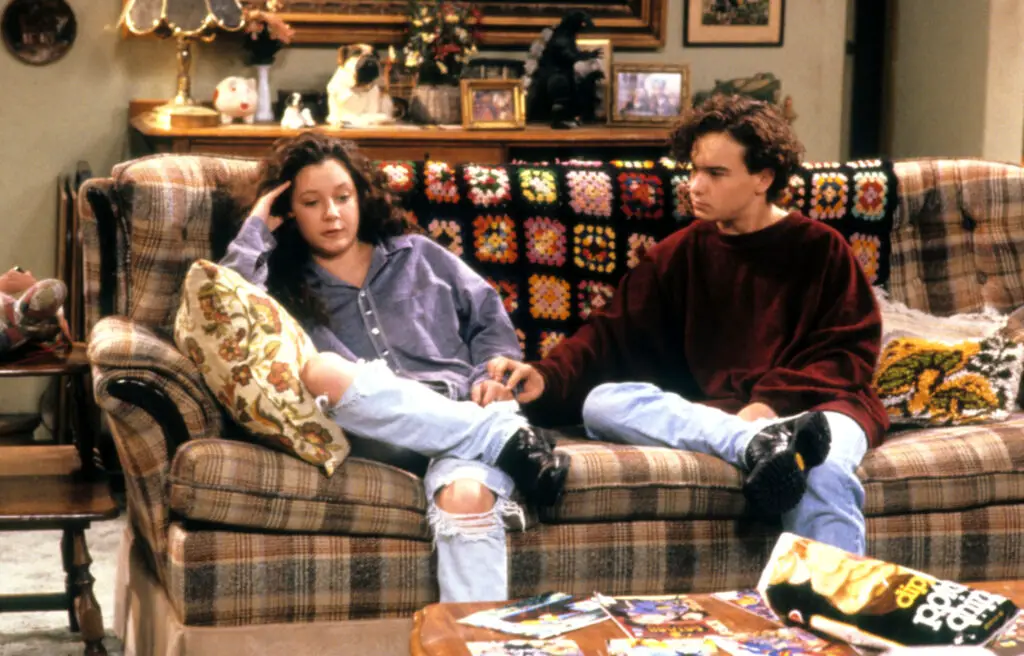
Some parents saw ripped jeans as a fashion faux pas, even when they were all the rage. While schools often had rules against excessive holes, plenty of kids had to argue their case at home first. Parents would shake their heads and ask why anyone would pay for “already ruined” clothes. If they gave in, it usually came with a warning not to go overboard with the distressing. For others, it was a hard no, no matter how trendy the style became shares the Mom Edit.
Some kids got creative, patching up rips to make them “acceptable” while still holding onto the look. Others stashed ripped jeans in their backpacks, swapping them out after leaving the house. Of course, getting caught meant a stern talking-to, if not a full-on lecture about respecting clothing adds the New York Times.
2. No Wearing Pajamas in Public

Rolling out of bed and heading straight to school in pajamas might have been a dream for some, but parents weren’t having it. While schools didn’t always ban the trend, plenty of parents felt it was lazy and unpresentable. They’d insist on “real” clothes, even if that just meant throwing on a pair of jeans. Some parents softened if it was spirit week or pajama day, but regular school days? Not a chance says Newser.
For those who tried to sneak out in flannel pants, a last-minute wardrobe check could derail everything. If a parent caught wind of the trend, they’d probably remind their kid that pajamas were meant for sleeping, not socializing. And if that didn’t work, they might threaten to show up at school in their own embarrassing sleepwear as payback shares the Everygirl.
3. No Shorts in Winter, No Matter How Tough You Think You Are

Some kids had an unshakable belief that their legs were immune to cold. Schools rarely stepped in unless it was extreme, but parents were quick to put their foot down. They’d argue that frostbite was no joke, even when their kids swore they weren’t cold. The battle was especially fierce with kids who played sports and insisted shorts were “more comfortable.” Some parents compromised by letting them wear shorts as long as they brought sweatpants.
Others weren’t as flexible, enforcing a strict “pants only” rule from November to March. The stubborn kids who defied the rule often found themselves grounded or, at the very least, forced to hear a long speech about common sense. And if a kid left the house in shorts and came home shivering, parents rarely missed the chance to say, “Told you so.”
4. No Black Nail Polish or “Goth” Clothes
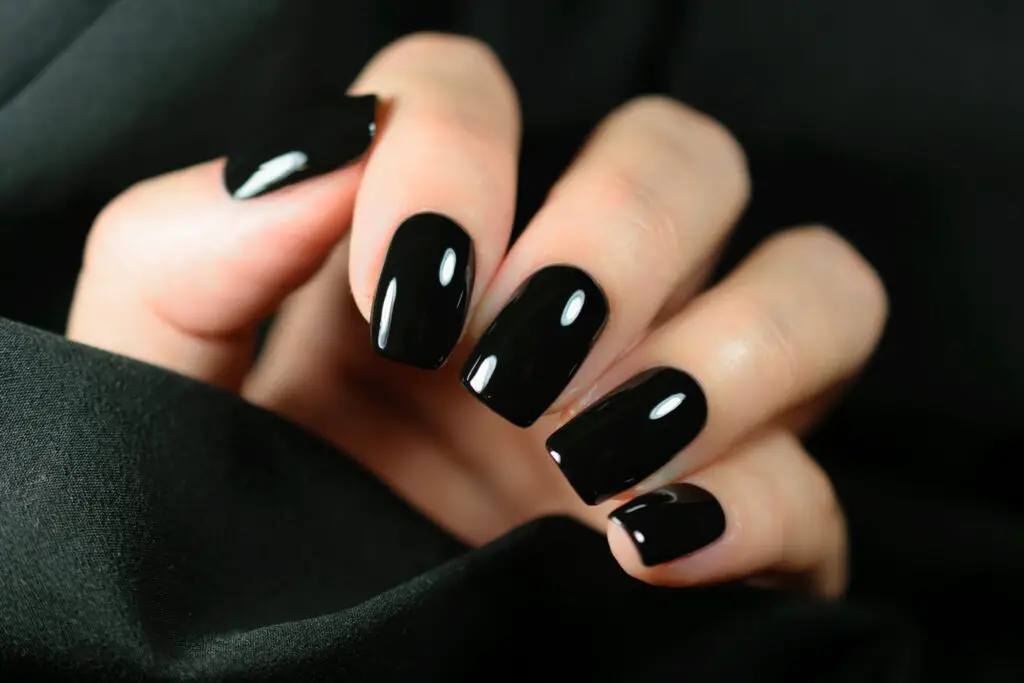
For some parents, wearing all black signaled rebellion, even if the school had no issue with it. Black nail polish, dark lipstick, and studded accessories were often met with concern—or outright bans. Some parents thought it was “too gloomy,” while others feared it was a gateway to something worse. Kids who wanted to express themselves often had to negotiate, maybe settling for dark blue instead.
Parents who grew up in more traditional households saw goth or punk fashion as a phase that needed squashing. If their kid showed up in all black, they’d get the dreaded “We need to talk about your wardrobe” conversation. And if the black nail polish mysteriously disappeared from the bathroom, well, that was no accident.
5. No Tank Tops Without a Cover-Up

Some schools had rules about spaghetti straps, but parents could be even stricter. Many insisted that tank tops needed a cardigan or at least a thicker strap. It wasn’t just about modesty—some parents thought bare shoulders looked too casual for school. Kids argued that it was hot outside, but that rarely swayed their parents.
Even when schools relaxed their dress codes, some parents held firm. They saw tank tops as weekend or summer wear, not something for the classroom. The compromise? Some kids packed an extra layer in their bag, only to ditch it once they were out of sight.
6. No Logos or Slogans That “Might Mean Something”
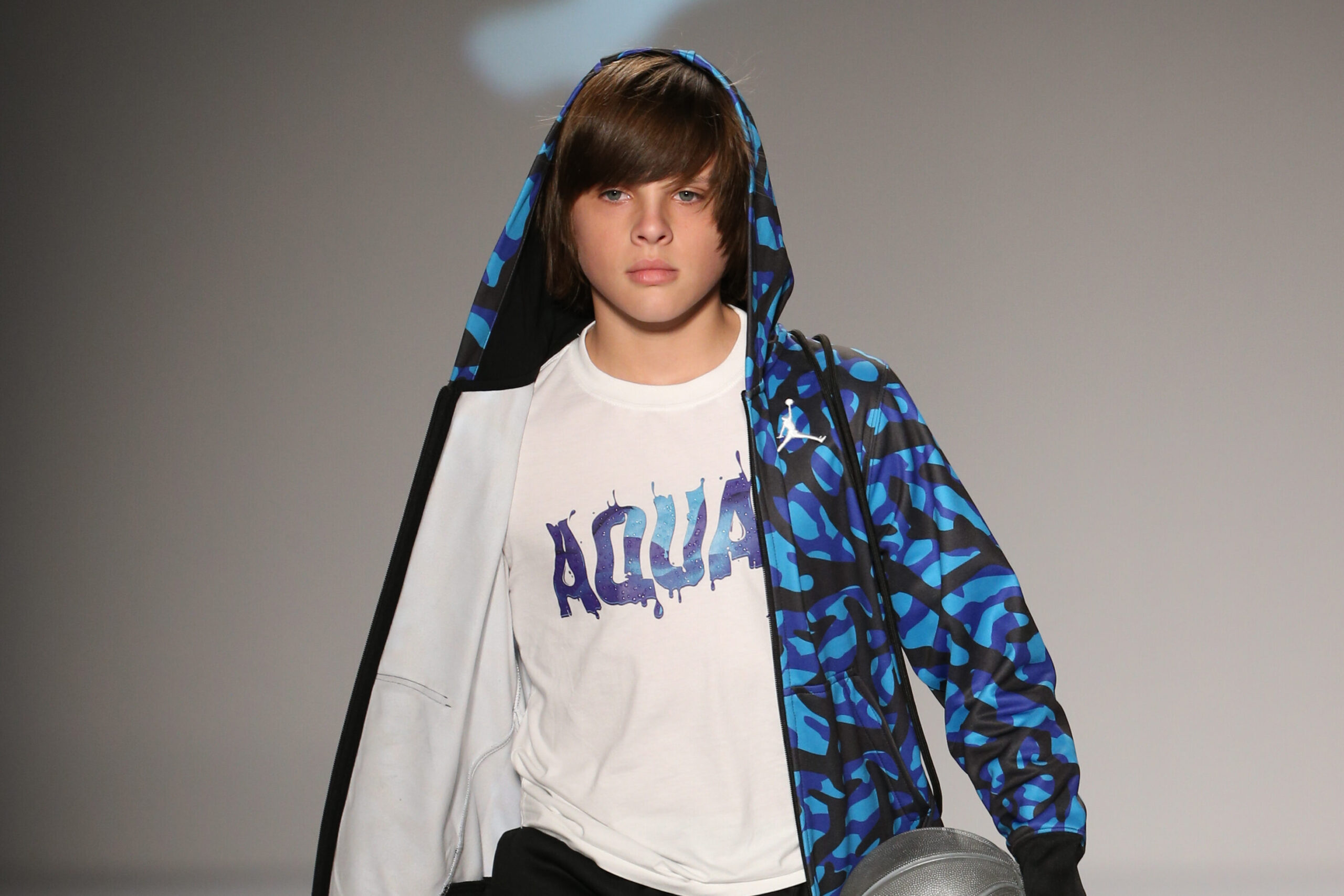
Parents have a sixth sense for spotting clothing that “might” be inappropriate, even when it’s harmless. A T-shirt with a band name? Cue a full investigation into that band’s lyrics. A graphic tee with a joke? If it could be misinterpreted, it was a no-go. Parents didn’t just enforce this rule at school—they applied it everywhere.
Some kids learned to research their clothing brands before asking for them. Others tried sneaking by with vague designs, only to be met with, “What does that mean?” at the door. If parents didn’t get it, they weren’t approving it, and that was final.
7. No Bare Feet, Even Just for a Second
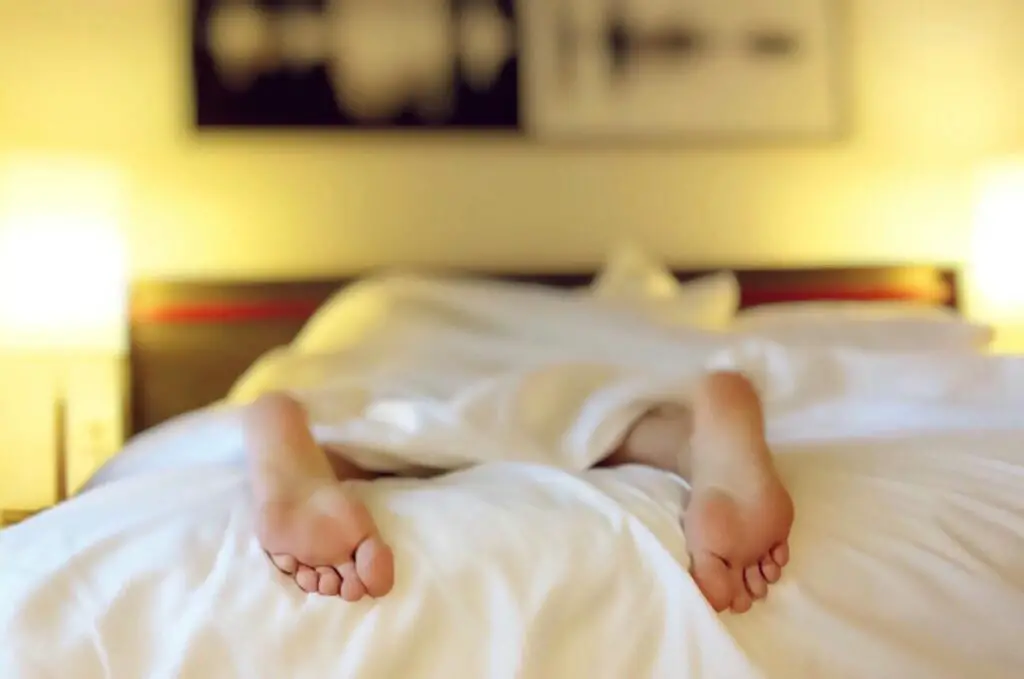
Some kids loved the freedom of kicking off their shoes, whether at school, in the car, or at home. But certain parents had an unbreakable rule: shoes stay on unless you’re inside the house. Walking to the mailbox without shoes? Forbidden. Running barefoot on the school playground? Absolutely not.
Even when schools allowed it for certain activities, parents still had the final say. They worried about germs, stepping on something sharp, or just the idea that bare feet looked “unkempt.” Kids who tried to argue usually got the classic “Put some shoes on!” before they could even finish their sentence.
8. No Mixing Prints—Ever
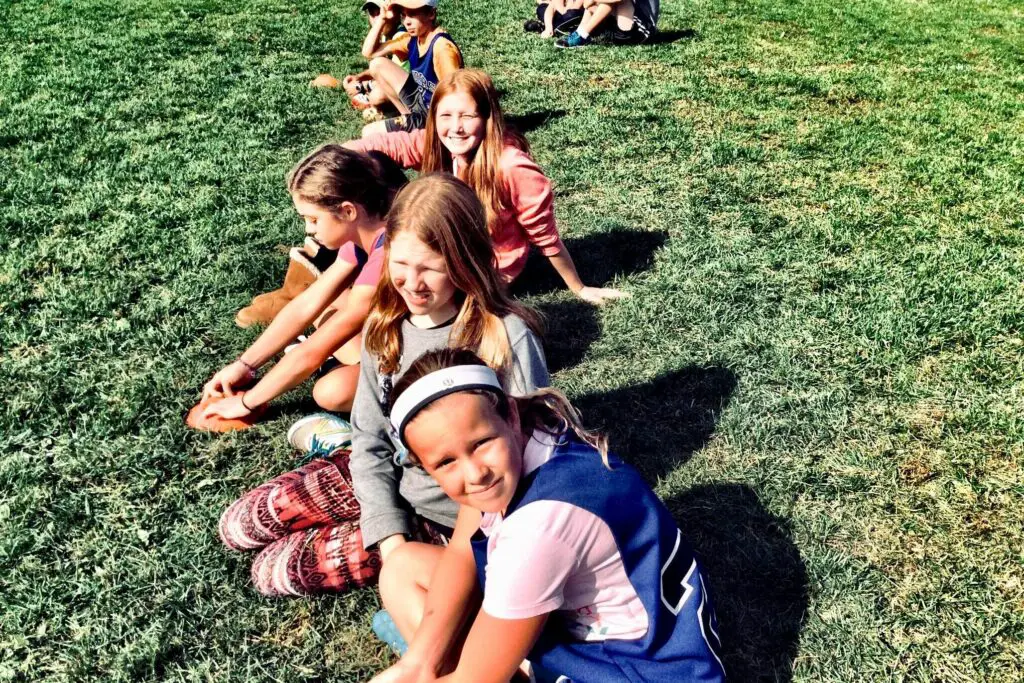
Fashion risks weren’t always encouraged at home, especially when it came to mixing prints. Stripes with polka dots? A floral top with plaid pants? Parents cringed before kids even left their rooms. Some believed clashing patterns were just a sign of poor judgment. Others worried their kids would get teased, insisting, “You’ll thank me later.”
Even if the outfit was technically allowed at school, parents made sure their kids changed before heading out. The boldest kids still tried, hoping they’d make it to the bus before getting caught. But most ended up defeated, swapping out at least one piece to keep the peace.
9. No Crop Tops, Even if They Covered Most of Your Stomach

School rules varied, but many parents had a zero-tolerance policy for crop tops. Even if it only showed a tiny sliver of skin, it was deemed “inappropriate.” The argument about how much skin was “too much” played out in households everywhere. Parents often said it was about setting boundaries, while kids insisted they just wanted to wear what was in style.
Some parents eventually compromised with high-waisted jeans to balance things out. Others enforced their rule with no exceptions, keeping a close eye on shopping bags. And for kids who tried rolling their shirts up after leaving home, they’d better hope their parents didn’t find out.
10. No White Clothes—You’ll Ruin Them

White pants, white shoes, white anything—it was a disaster waiting to happen. Parents saw them as magnets for stains, while kids just wanted to wear what they liked. If something white did make it into the wardrobe, there were constant reminders to “be careful.” A single spill or grass stain could mean a lecture about wasting money on “impractical” clothing.
Some parents avoided buying white clothes altogether, shutting down the debate before it started. Others gave in but only with strict conditions, like no wearing white to school lunches or art class. Kids who pushed their luck quickly learned that parents had an eagle eye for stains.
11. No Hoodies with the Hood Up Indoors
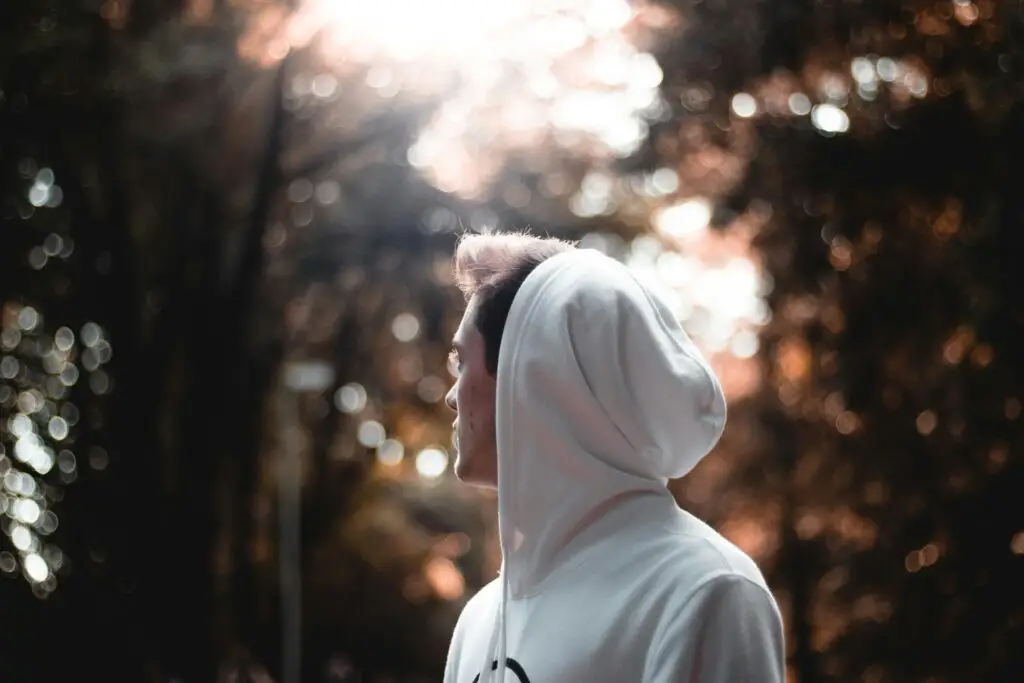
Hoodies were a staple in most kids’ wardrobes, but parents had strict rules about when and how they could be worn. One of the most common? No wearing the hood up inside the house, school, or anywhere that wasn’t outside in the cold. Parents saw it as either disrespectful, lazy, or “looking like you’re up to something.” Schools sometimes had similar rules, but at home, this was enforced with an iron fist.
Even if a kid just wanted to stay cozy, the moment that hood went up, they’d hear, “Take that off your head!” Some parents even banned hoodies altogether, replacing them with zip-up jackets or sweaters. Others let kids wear them but kept a watchful eye, ready to remind them at a moment’s notice. It was one of those rules that made no sense as a kid—but as an adult, they might have found themselves repeating it.
12. No Flip-Flops Unless Absolutely Necessary
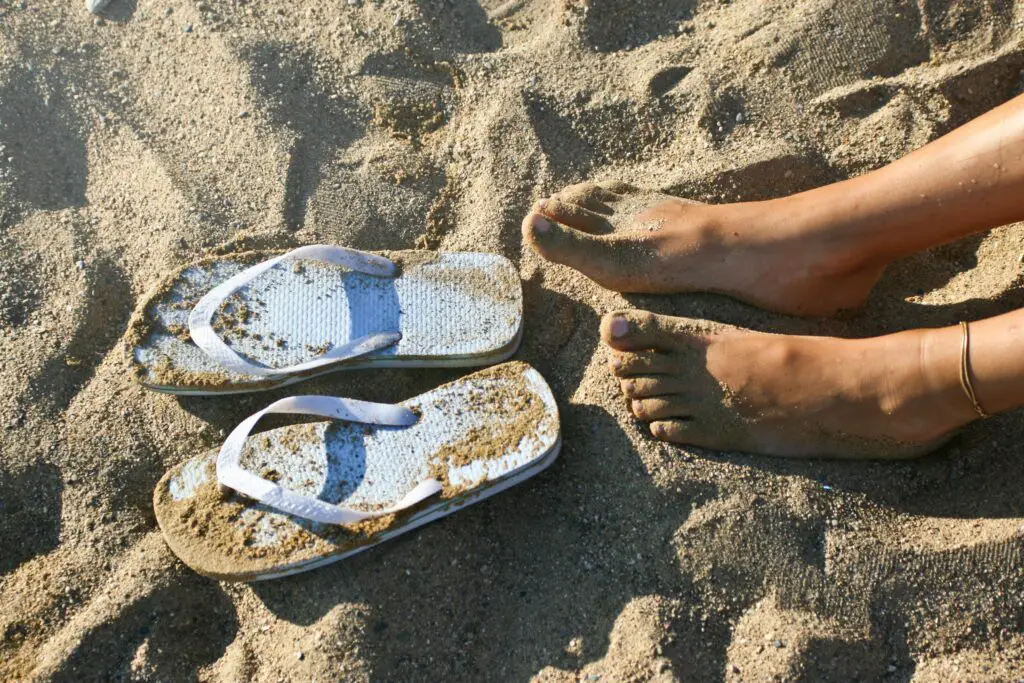
Flip-flops were an easy, comfortable choice, but some parents treated them as a last resort. Schools might have allowed them outside of gym class, but at home, there were plenty of parents who thought they were too flimsy. “You’ll trip,” “Your feet will get dirty,” and “They don’t give any support” were common reasons given. Some parents only allowed flip-flops for the pool or beach, shutting down any attempt to wear them elsewhere.
Kids who tried to get away with it might have been met with a deep sigh and a reluctant, “Fine, but bring real shoes.” Others had to deal with a full-blown rant about proper footwear. And if they ever stubbed their toe or got a blister? Parents wasted no time saying, “That’s why I told you not to wear them.”
13. No Hats at the Dinner Table

This one wasn’t always a school rule, but plenty of parents enforced it religiously at home. The second a kid sat down with a hat on, they’d hear, “Take that off, we’re eating.” It didn’t matter if it was a baseball cap, beanie, or anything else—it was considered rude. Some parents even saw it as a sign of disrespect, tying it back to old-school manners.
Even if a kid argued that no one else cared, most parents held firm. The rare exception was outdoor dining, where the sun was an issue. Otherwise, hats came off before the first bite, no exceptions. And if a kid tried to sneak one back on mid-meal? A single look from a parent was usually enough to put an end to that.
14. No Wearing Clothes That Were “Too Nice” for School
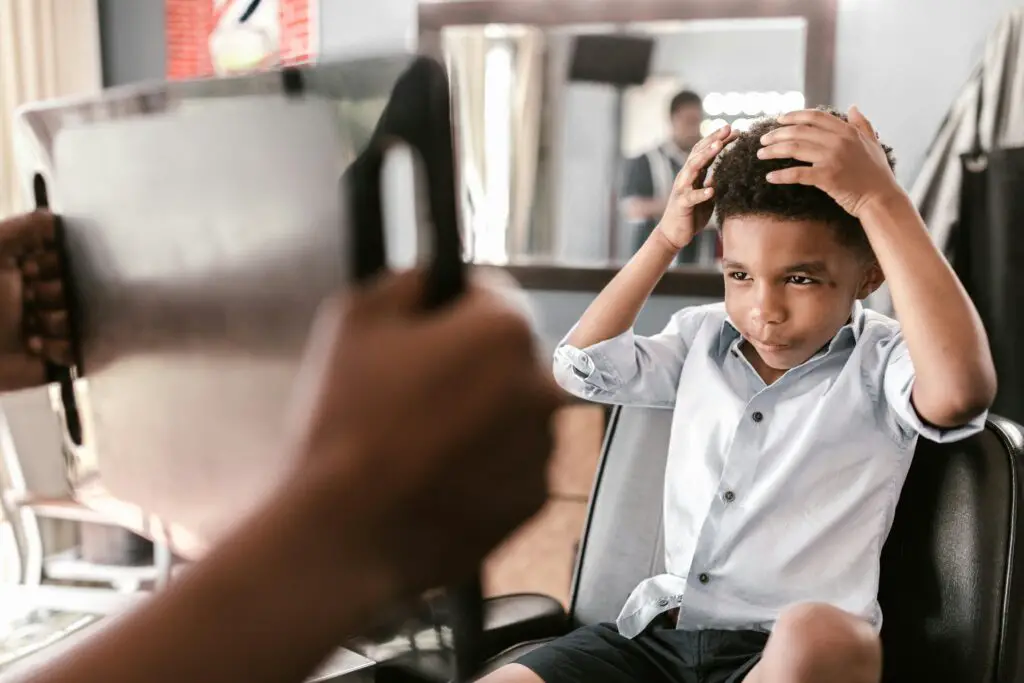
Certain parents had designated “nice” outfits that were strictly off-limits for everyday wear. These were usually reserved for church, family gatherings, or special events. If a kid even thought about wearing a nice sweater or dress to school, they’d be met with a firm, “You’re not ruining that.” Parents worried about stains, rips, or just general wear and tear.
Even if the clothes weren’t all that fancy, the rule still applied. Some kids tried sneaking their favorite “nice” outfit to school, only to get caught when laundry day rolled around. Others learned to ask in advance, knowing they had about a 50/50 chance of hearing “absolutely not.”
15. No Wearing Someone Else’s Clothes
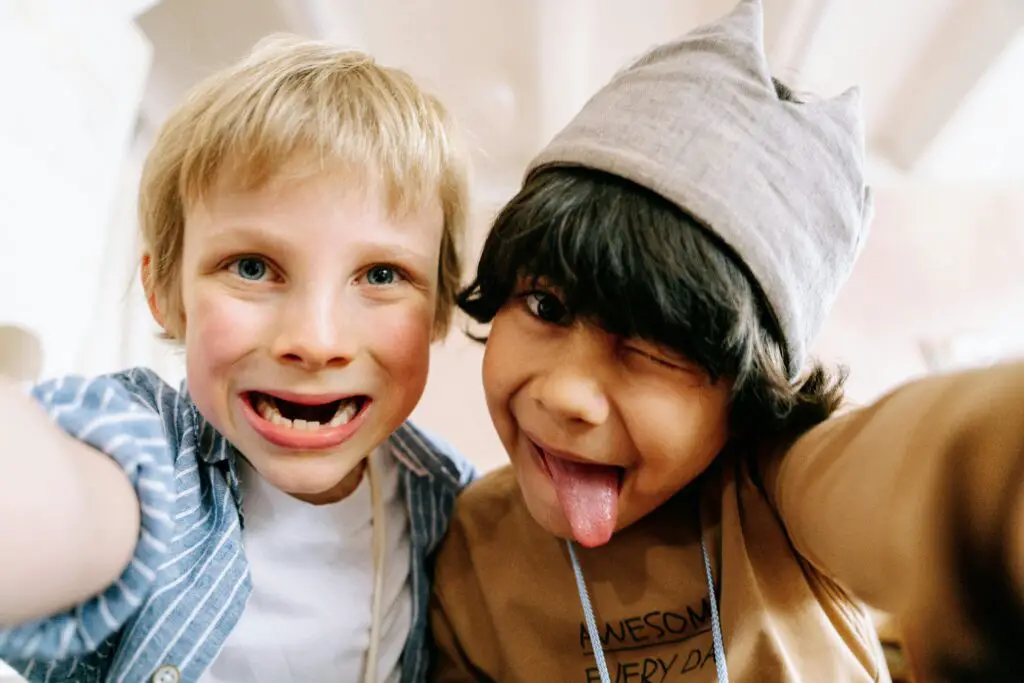
Borrowing a friend’s hoodie or trading shirts after gym class seemed harmless enough, but not according to some parents. They had a strict policy against wearing anyone else’s clothes, no matter how clean they looked. “You don’t know where that’s been” was a common excuse, followed by concerns about germs, bedbugs, or just plain old personal hygiene. It didn’t help that some kids conveniently “forgot” to return borrowed items.
Even if a school had no problem with clothing swaps, parents definitely did. Some even checked backpacks to make sure no unapproved trades had taken place. And if a kid came home in a friend’s sweatshirt? They’d better have a good explanation—or be prepared to hand it right back.
